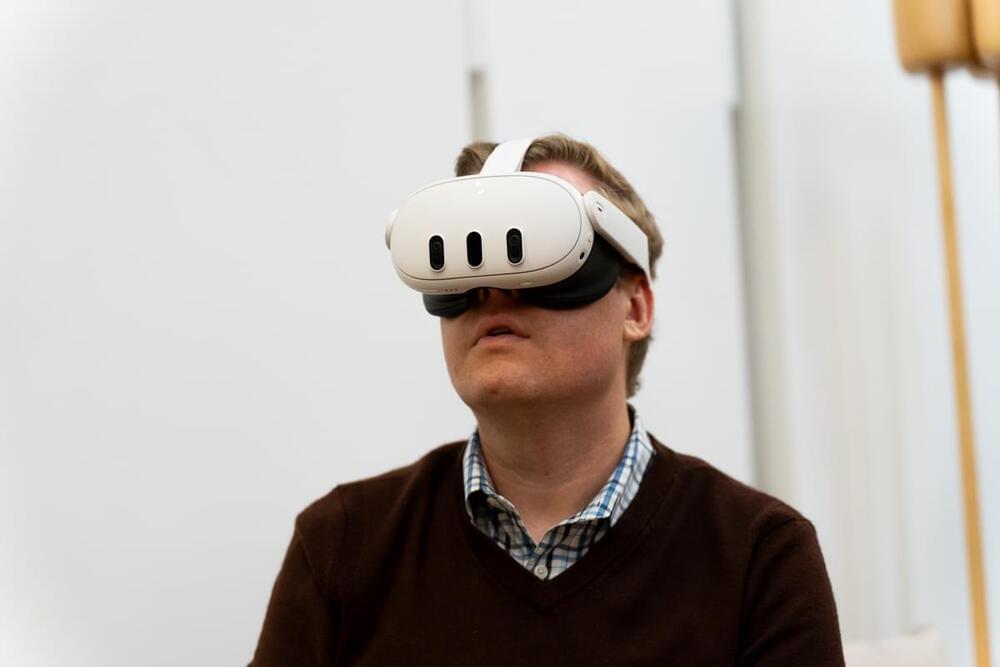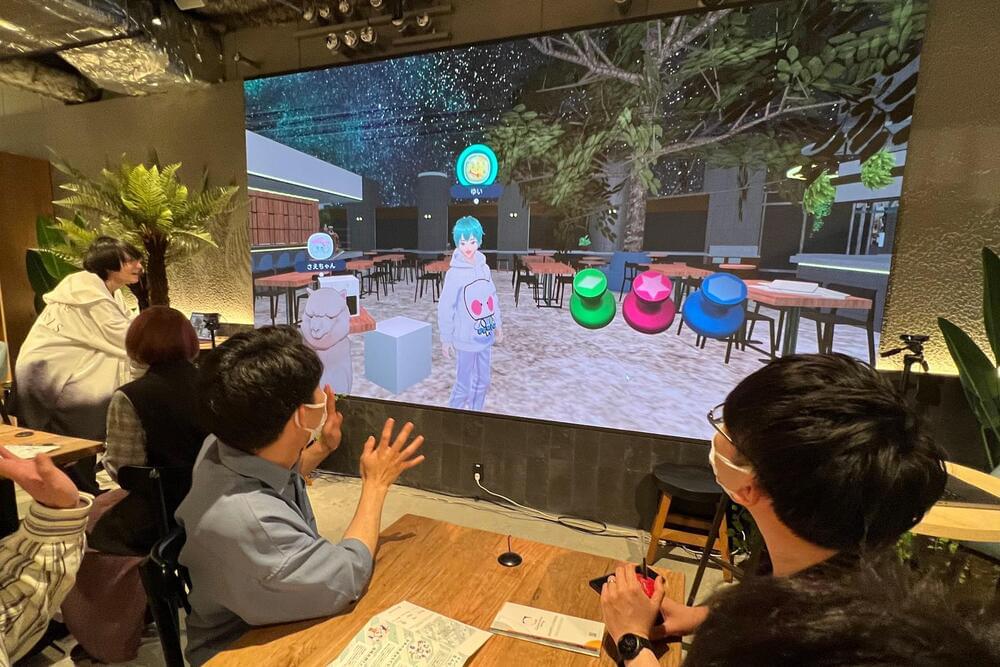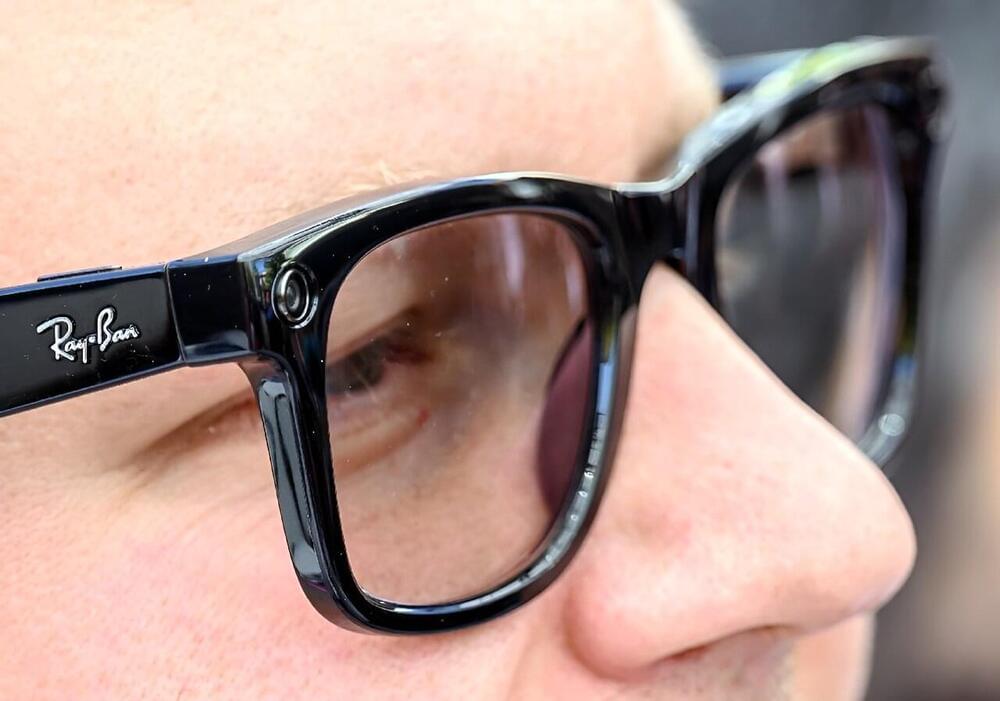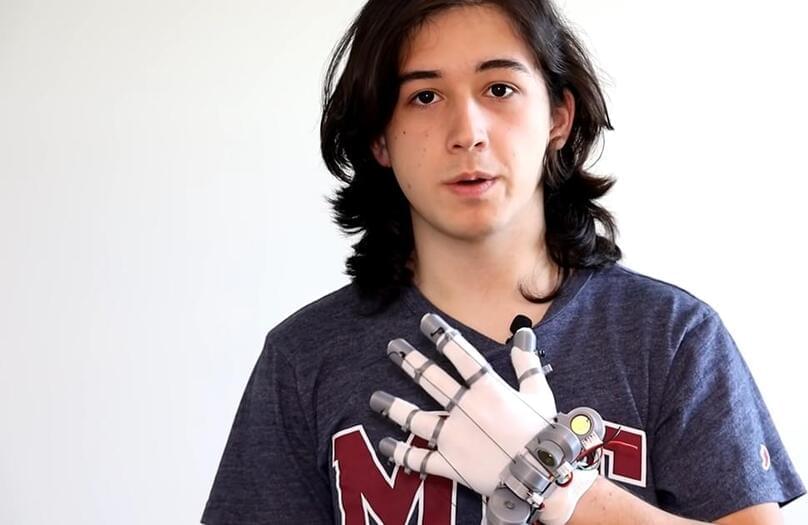From VR at the Las Vegas Sphere to AI trained on synthetic children’s stories, check out this week’s awesome tech stories from around the web.




In a world where a $500 price point qualifies as cheap, Meta continues to be the best solution for casual extended reality.
Having spoken to most of the major vendors over the past year, it seemed like everyone relished the arrival of the 500-pound gorilla. They would, they reckoned, be ships among a rising tide. Even more to the point,… More.
However this all plays out, 2023 will almost certainly be regarded as a pivotal year for AR and VR. After years of waiting for the category to have its iPhone moment, Apple finally unveiled the Vision Pro during WWDC back in June. It was everything we’ve come to expect from the company: big, boisterous and polished, with lofty promises and a price tag to match.
Certainly the forthcoming Vision Pro has amped up both the attention and the pressure the competition is facing. I would venture a guess that Magic Leap received more press coverage in Apple’s wake than it had since the days it was a mysterious white-hot early-stage startup. I also assume that more people than ever were following Meta’s recent Connect event to see how the company would respond.



From attending a meeting to enjoying a live performance or, perhaps, taking a class at the University of Tokyo’s Metaverse School of Engineering, the application of virtual reality is expanding in our daily lives. Earlier this year, virtual reality technologies garnered attention as tech giants, including Meta and Apple, unveiled new VR/AR (virtual reality/augmented reality) headsets. We spoke with VR and AR specialist Takuji Narumi, an associate professor at the Graduate School of Information Science and Technology, to learn about his latest research and what VR’s future has to offer.
At the Avatar Robot Café DAWN ver. β, employees serve customers via a digital screen and engage in conversation using avatars of their choice, such as an alpaca and a man with blue hair.

Meta CEO Mark Zuckerberg reveals the technology behind codec avatars, which create ultra-realistic VR faces.
Meta, formerly known as Facebook, has been struggling to convince the world that its vision of the metaverse is worth pursuing. The social media giant rebranded itself in October 2022, hoping to create a more immersive and interactive online experience for its users. However, the initial response was far from positive. Many people mocked the cartoonish and unrealistic avatars that Meta showcased in its demonstration video, which lasted for over an hour. Others questioned the need and feasibility of creating a virtual world that mimics real life.
Meta’s ambitious project also faced… More.
Credits: Lex Fridman/YouTube.
Meta’s ambitious project also faced financial challenges. The company reported a loss of $4.28 billion in the first quarter of 2022, with its revenue from Meta Reality Labs, the division responsible for developing the metaverse, being much lower than expected. Meta also faced competition from other tech companies, such as Microsoft and Apple, that were working on their own versions of augmented and virtual reality.

People will laugh and dismiss it and make comparisons to googles clown glasses. But around 2030 Augmented Reality glasses will come out. Basically, it will be a pair of normal looking sunglasses w/ smart phone type features, Ai, AND… VR stuff.
Meta chief Mark Zuckerberg on Wednesday said the tech giant is putting artificial intelligence into digital assistants and smart glasses as it seeks to gain lost ground in the AI race.
Zuckerberg made his announcements at the Connect developers conference at Meta’s headquarters in Silicon Valley, the company’s main annual product event.
“Advances in AI allow us to create different (applications) and personas that help us accomplish different things,” Zuckerberg said as he kicked off the gathering.

AI? VR? The term might just refer to whatever Meta is doing now.
Almost two years ago, Mark Zuckerberg rebranded his company Facebook to Meta — and since then, he has been focused on building the “metaverse,” a three-dimensional virtual reality. But the metaverse has lost some of its luster since 2021. Companies like Disney have closed down their metaverse divisions and deemphasized using the word, while crypto-based startup metaverses have quietly languished or imploded. In 2022, Meta’s Reality Labs division reported an operational loss of $13.7 billion.
But at Meta Connect 2023, Zuckerberg still hasn’t given up on the metaverse — he’s just shifted how he talks about it. He once focused on… More.
Meta launches Quest 3 and continues to focus on the metaverse — even though the market isn’t as positive. Zuckerberg shows a shift in his thinking about the concept.

YouTuber Lucas VRTech has designed and built a pair of finger-tracking VR gloves using just $22 in materials — and he’s released all the details on the build so others can make their own.
The challenge: We use our hands to manipulate objects in the real world, but in VR, users typically have to use controllers with buttons and joysticks.
That breaks some of the immersion, limiting the use of VR for not only gaming, but also applications like therapy and job training.